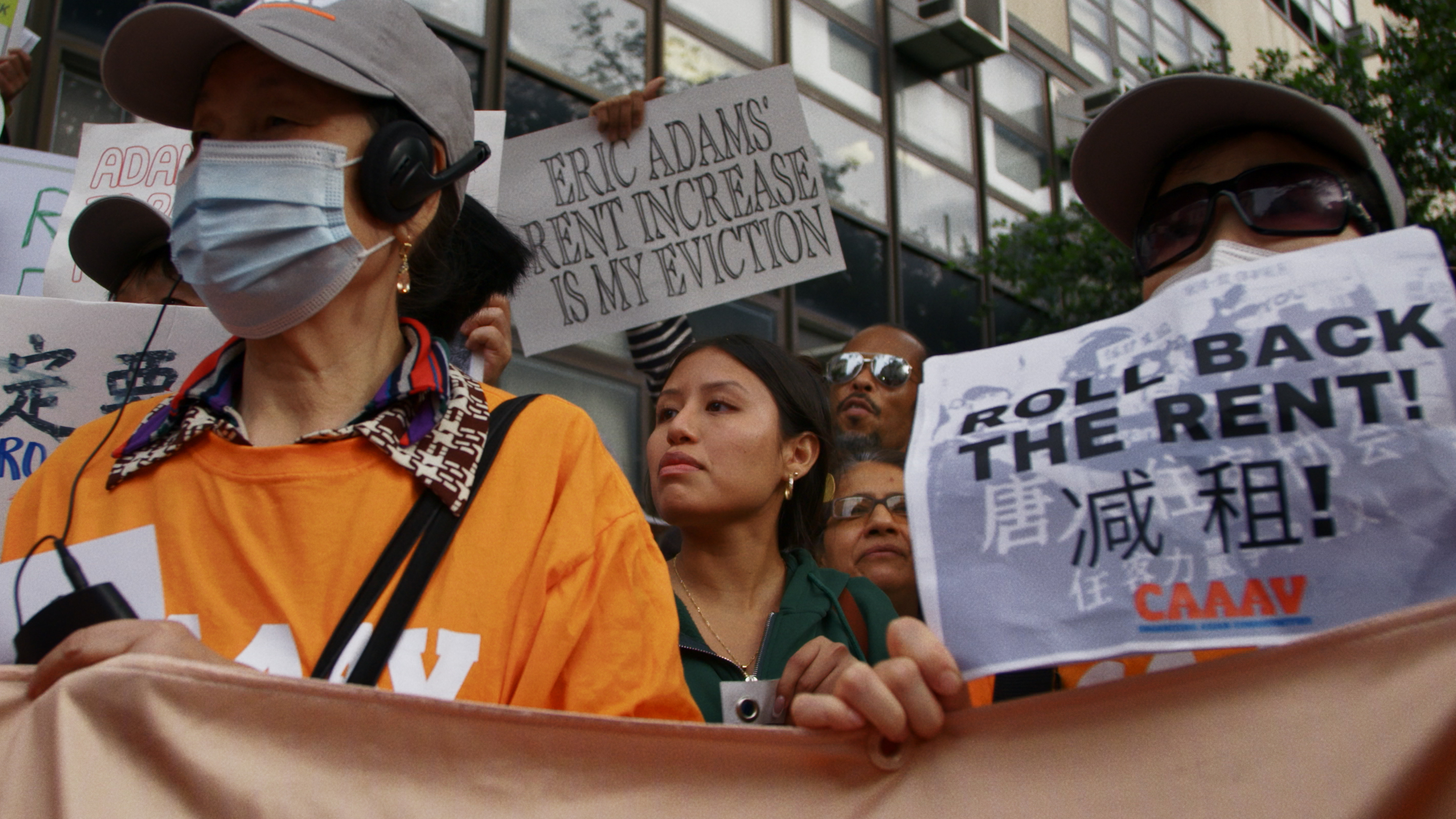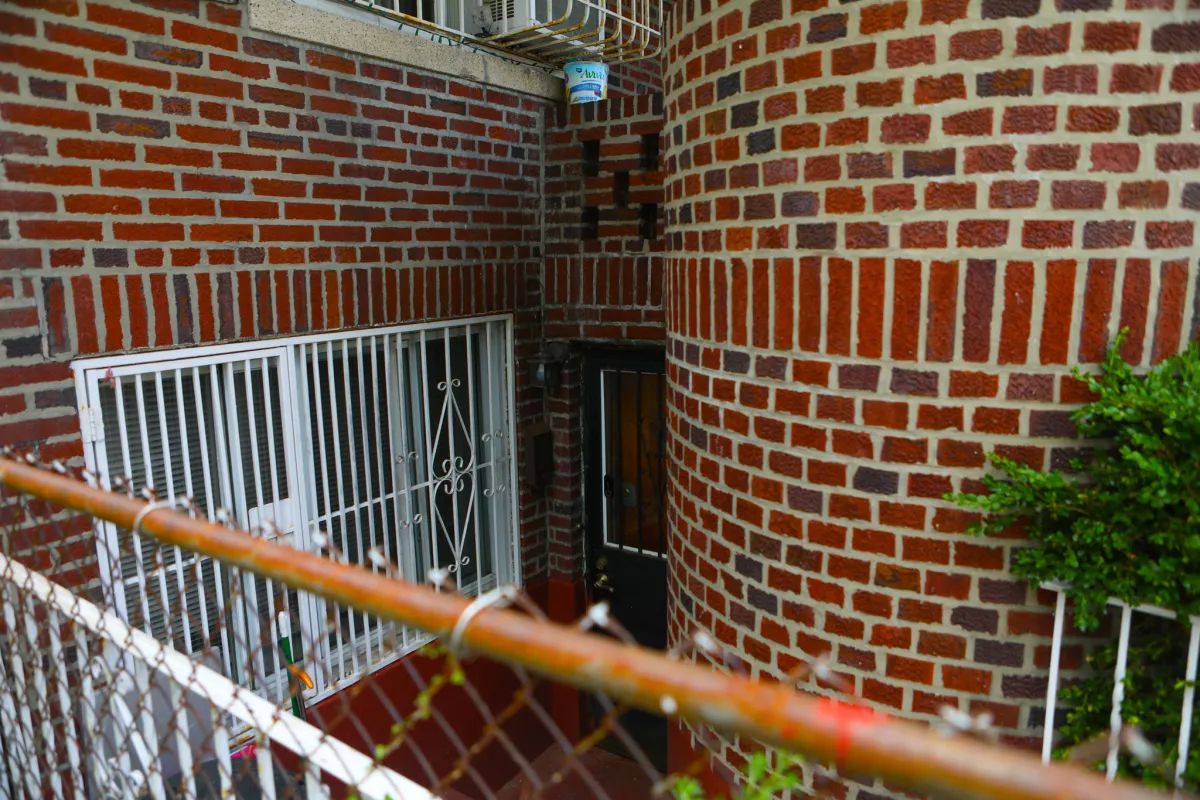Case-Shiller: Record Drops in NY and Nationwide
The latest Standard & Poor’s Case-Shiller Home Price Index stats are once again grim: Prices in 20 major metropolitan areas dropped in March by 18.7 percent from March 2008, about the same level of decline as has been documented over the past few months. Here in the New York region, home prices fell 2.5 percent…

 The latest Standard & Poor’s Case-Shiller Home Price Index stats are once again grim: Prices in 20 major metropolitan areas dropped in March by 18.7 percent from March 2008, about the same level of decline as has been documented over the past few months. Here in the New York region, home prices fell 2.5 percent between February and March of this year—a record drop, according to the Real Deal—and 11.8 percent year-over-year. As TRD notes, the index does not include condos or co-ops. The Times makes the point that New York is far less screwed than other places, at least so far: “New York and Detroit, while both reporting large monthly declines in March, show the different legacies of the boom. New York is still up 73.4 percent from January 2000, while in Detroit prices are 29 percent lower. A Detroit house costs about the same today as it did 14 years ago.” The national Case Shiller index for the first quarter, meanwhile, showed a 19.1 percent decline compared with the first quarter of 2008, the biggest drop in the index’s 21-year history.
The latest Standard & Poor’s Case-Shiller Home Price Index stats are once again grim: Prices in 20 major metropolitan areas dropped in March by 18.7 percent from March 2008, about the same level of decline as has been documented over the past few months. Here in the New York region, home prices fell 2.5 percent between February and March of this year—a record drop, according to the Real Deal—and 11.8 percent year-over-year. As TRD notes, the index does not include condos or co-ops. The Times makes the point that New York is far less screwed than other places, at least so far: “New York and Detroit, while both reporting large monthly declines in March, show the different legacies of the boom. New York is still up 73.4 percent from January 2000, while in Detroit prices are 29 percent lower. A Detroit house costs about the same today as it did 14 years ago.” The national Case Shiller index for the first quarter, meanwhile, showed a 19.1 percent decline compared with the first quarter of 2008, the biggest drop in the index’s 21-year history.
Home Prices Decline Again in March [NY Times]
Home Prices Fall By Record Amount in 1Q [The Real Deal]





I would think that wage deflation is normally accompanied by price deflation due to demand destruction and vice versa (which is why re-inflationary policies can’t work in a scenario where the banks get transfer payments from taxpayers). I think that this scenario will happen (deflation in the foreseeable future), but certainly not to help the responsible. If the Fed continues down the current path and provides the only bid, it will be catastrophic. They will do everything that they can without doing the right thing – until they are forced to (absence of natural buyers), which will be the interest rate rises that the bond market controls, but which the Fed manipulates. I don’t think that they have a choice, but they do a great job in obfuscating that idea. I think that there’s a lot of talking heads saying that inflation is around the bend, which is exactly what government and banks want people to think. I don’t want to get tin-foily, but I think they want people to think that their purchasing power will be eroded so that they spend now – I’m not talking about housing in particular here, but other asset classes. This sort of propaganda was trotted out in the 30s and we all know that didn’t result in inflation.
I mentioned to my wife recently that a co-op that we purchased in Manhattan in 2000 at 600K, sold for 925K, was bought by the previous owner for 450K (1 year owned) and was sold for 60K at the time the building went co-op in the early 80s – we have already had the inflation and nobody cared because we were all doing so well, at least in nominal terms. We lived through considerable asset inflation and most of us (if not all) weren’t even aware of it at the time.
As far as predictions go, we need to see all metro-NYC real estate prices within 3-4 times income. I’m not sure what Brooklyn is now or was at peak, but incomes were also distorted with the boom and prices should overshoot to the downside (with some govt programs perhaps mitigating). My guess is somewhere around the 50% range and probably higher. And the idea of missing the bottom is overstated. The recovery will be L-shaped. I was frightened to see yesterday that NY was still 73% up from 2000. That says to me that there is a considerable amount of downside and commensurate damage to the financial system.
Disclaimer: My interest in the housing market (at least in Brooklyn and Manhattan) is purely intellectual curiosity. I packed my bags and left the country last summer for a lifestyle change.
Excellent post, provocateur. What’s your number (predicted price drop percentage from peak in brownstone Brooklyn)? If you’re not sure, gimme your gut.
***Bid half off peak comps***
“Right now there is no wage pressure and with continued mass layoffs there is continuing downward pressure on wages.
Posted by: provocateur at May 28, 2009 6:01 AM”
All good points provocateur – straight out of the textbooks.
Note that wage deflation = real world inflation. If all prices remained static but your wages went down 10% then your purchasing power just went down 10% as well. At least under this scenario responsible savers are not punished!
I don’t see real estate going up in nominal terms and I don’t see high or hyper-inflation, but instead continued credit and asset price deflation for the next few years. Zimbabwe or Weimar style inflation is what happens when your debt isn’t denominated in your own currency. It cannot happen here because our debt is denominated in USD. Under normal circumstances we would be headed for deflation, but QE is the joker in the deck. The question is whether or not the easing ends up with more money in the system than credit and wealth are being destroyed. It also depends on whether you can get money in the hands of ordinary people or the banks. Right now there is no wage pressure and with continued mass layoffs there is continuing downward pressure on wages. The only way that I can see any inflation would be a currency crisis, but the effect would be bifurcated (imports versus domestic products) and somewhat tempered by demand destruction, even though oil would go up.
The problem with a USD crisis is that we aren’t on a gold standard, the USD is now and for the foreseeable future the world’s reserve currency and the closest competitors are in even more trouble than the USA at the moment.
I don’t see the trouble in the bond market as a sign of inflation, but a lack of demand on the part of outsiders to finance our debt with too little yield given the risk. We need to sell trillions of USD worth of bonds to finance our deficit and every year that we continue a deficit. Bernanke can’t be the only “bid” at the long end unless he wants a currency crisis ending up in destruction worse than just letting the bonds be subscribed by natural buyers. For this reason, I think that we see yields (and therefore consumer borrowing costs) ramping. This will cause RE prices to continue to go down, defaults to go up, etc. It really is that bad, in my opinion.
My forecast – we have not yet broken the stock market lows, unemployment highs, real estate price lows, etc. Brooklyn will go back to pre-bubble prices. Stocks to new lows by fall. The “green shoots” are nonsense. Even the effect of spending trillions will see a double dip recession and another leg down – as someone mentioned “kicking the can” previously. Brooklyn residential RE has a long way down, folks.
if I am uneducated, have no savings, a low credit score and real long-term prospects for a full-time job that helps me to save any money, will I every buy anything? If not, should I even be worried about this index?
Look — subprime areas of New York are down so much that flippers are buying them at 2003 prices — and reselling them to buyers at 2006 prices. What kind of crazy world are we living in?
I see prices in subprime Brooklyn leveling off in the 300s or so in the next year.
I don’t know what that bodes for prime Brooklyn, areas such as Park Slope and Brooklyn Heights. I would guess prices will decrease over the next year, then flatten for a few years, maybe three.
However — if interest rates go up, which they surely will, expect prices to fall. And if the US can’t borrow — expect apocalypse.
a reminder for idiots like mopar, courtesy of your friends at goldman sachs. Yes, the same guys whos hyping this bear rally. If even these guys are bearish (35-58% down)on ny RE watch out! From Q1 2009:
Goldman: “New York prices are very high relative to the observable fundamentals. Using three alternative yardsticks—price/rent, price/income, and affordability—we find that prices would need to decline by 35%-44% to return to the valuation levels seen in the 1995-1999 period, before the start of the recent boom.”
Goldman: “It is instructive to consider the potential implications of a return of relative Manhattan incomes toward the national norm prevailing before the Wall Street boom of the past two decades, either because of pay cuts in the financial industry or because of a possible out-migration of affluent individuals. From 1969 to 1986, Manhattan per-capita income averaged 2 times the national average, with no clear trend. Over the next two decades, however, it grew to 3 times the national average. If incomes fell back to the pre-1986 level of 2 times the national average—and if national per capita income remained unchanged—prices would need to fall as much as 58% to return to the 1995-1999 price/income ratio.
http://online.wsj.com/article/SB124336746233955539.html
The Case Shiller composite index for cities rose after 1991 and fell at the end of 2004. So if you want to go strictly by the Case Shiller index, Miss Muffet, you might note that the last down period (89 to 91) lasted only two years, and now we’ve already been down for four. (According to the composite index.) So by that measure, we are overdue to go up.
http://www.socketsite.com/archives/2009/02/december_spcaseshiller_san_francisco_msa_ends_year_down.html